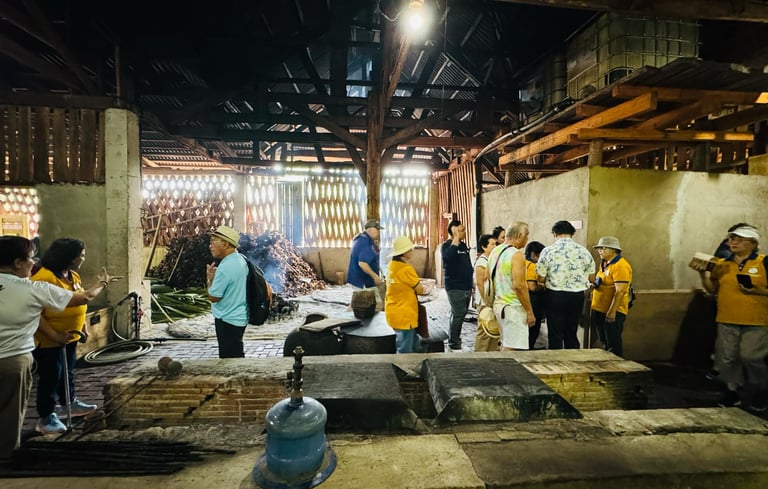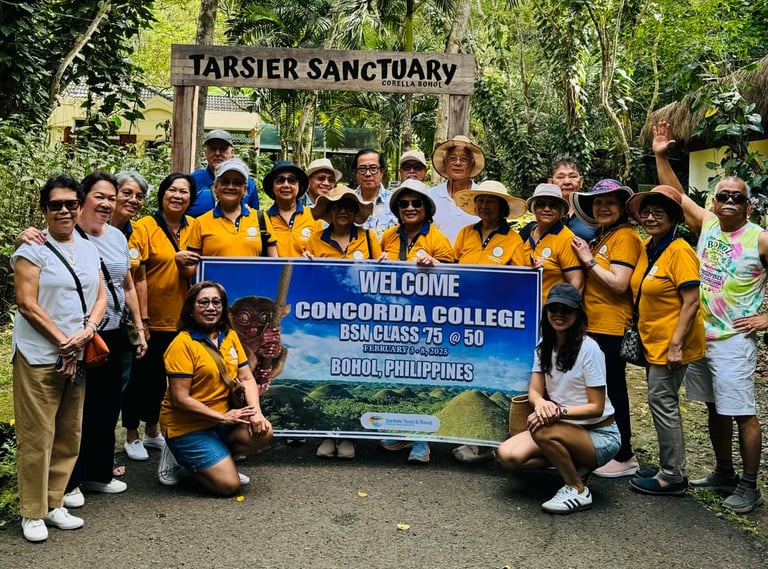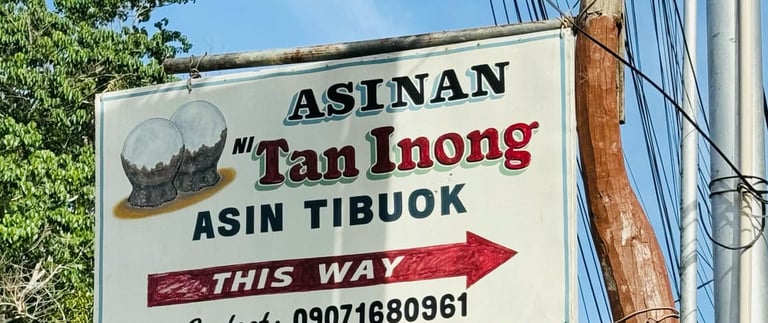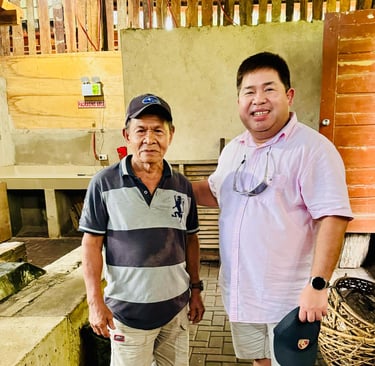Eduardo Navarro came to visit
7/12/20252 min read
The visit also coincided with a significant milestone – the 50th reunion of Concordia’s BSN class of ’75, comprised of a group of U.S.-based nurses. This gathering was not just a celebration of academic achievements; it also served as a platform for cultural exchange and understanding. Navarro’s journey showcased the intertwined narratives of both the nursing profession and Filipino heritage, illustrating how education and cultural roots can coexist and bolster each other.






Such events reveal the common thread that binds Filipinos, whether they live in the Philippines or are part of the diaspora. Their commitment to preserving and sharing their cultural heritage has become even more pronounced, resonating with Filipino communities worldwide. Combining the celebration of educational milestones with cultural heritage events fosters a deeper appreciation for the Philippines' historical and contemporary contributions.
Navarro's visit to the Asin Tibook site paints a vivid picture of how cultural diplomacy unfolds, merging the global discourse of Filipino craftsmanship with the personal narratives of those in the nursing profession. As the Philippines and its diaspora continue to navigate the complexities of identity and heritage, such visits underscore the importance of celebrating shared values and traditions.
Filipino culture is a rich and vibrant tapestry, woven through centuries of history, tradition, and craftsmanship. It embodies the spirit of resilience and creativity, cherished not only within the Philippines but by Filipino communities around the globe. Recent events, such as the visit to the Asin Tibook manufacturing site, have become platforms to showcase this legacy and to foster a greater appreciation for Filipino craftsmanship.
The Asin Tibook manufacturing site stands as a beacon of Filipino heritage, representing the dedication to preserving traditional methods of craftsmanship. This site not only exemplifies the artistic capabilities of the Filipino people but also serves as a vital link to cultural identity. During a recent visit, notable figures, including Navarro, seized the opportunity to immerse themselves in this essential aspect of Filipino life. Their engagement at the site highlights how cultural appreciation can bridge connections between communities, fostering a sense of pride and belonging.
In summary, the intersection of nursing education and Filipino heritage, exemplified through Navarro’s journey, highlights the importance of cultural recognition in fostering unity and understanding. It is through these initiatives that we can collectively celebrate the rich tapestry of Filipino culture, ensuring it is preserved for future generations. The visit to the Asin Tibook manufacturing site not only commemorates a milestone in education but also rekindles the commitment to preserving cultural identities among Filipinos around the world.


Contacts
Address: Purok 4, East Poblacion
email add: info@asintibook.com
+63 999 8529 727
LTO FDA# 3000001302618
Alburquerque, Bohol
6302 Philippines
